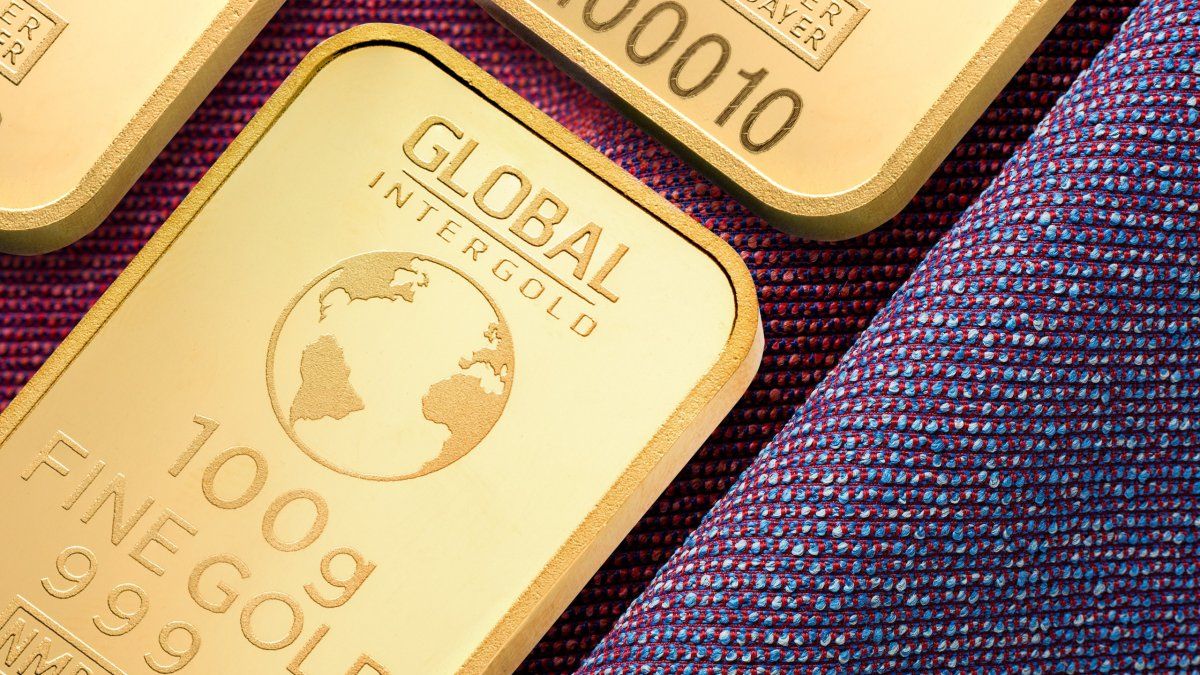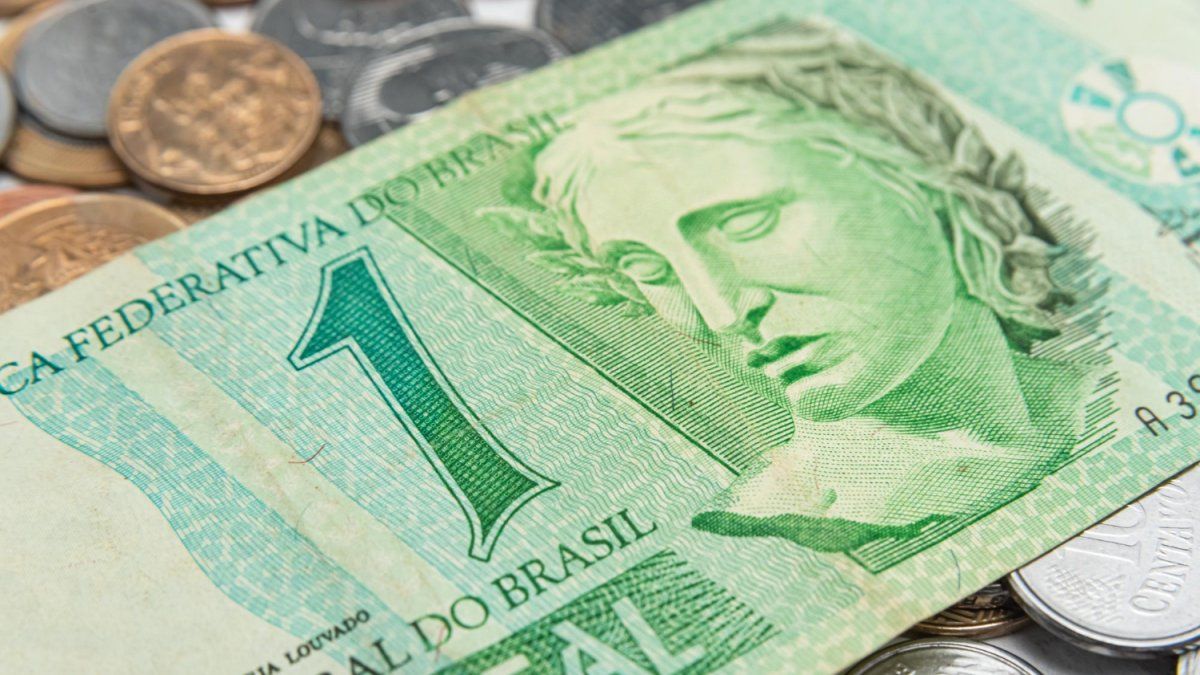The gold prices They rose more than 1% this Fridayculminating his first weekly increase in a monthSince the Signs of slowing inflation in the United States raised hopes for a rate cut of interest this year and a stock sell-off across Europe also provided support.
Spot gold gained about 1.2%, to $2,330.03 per ounce, accumulating a advance of 1.6% in the week. The futures of Gold in the United States advanced 1.2%, to $2,346.20 per ounce.
In broader financial markets, European stock indices fell as French assets suffered a severe blow due to the country’s political turmoil. In A cautious mood prevailed on Wall Street, and investors took a breather after strong gains in the S&P 500 and Nasdaq indices. “That combination of weaker stocks and some rate declines (in Federal Reserve funds futures prices) is reigniting interest in gold, even though the Fed moved its dot chart at its meeting FOMC”, said Bart Melek of TD Securities.
Traders increased their bets to discount around 52 basis points (bps), or two quarter-point cuts, by the end of December following weaker inflation data this week. That was up from 37 bps last Friday, when a better-than-expected jobs report dampened initial hopes for cuts, according to LSEG’s interest rate probability tool, IRPR.
Lower rates tend to increase the attractiveness of bullionwhich do not earn interest, making them a more attractive investment, compared to other assets such as Treasury bonds.
This week’s data showed that consumer prices remained unchanged in May for the first time in almost two years, while producer prices fell unexpectedly. However, the Fed’s average “dot plot” released after its policy meeting, in which it left rates on hold, showed policymakers projecting only a quarter-point cut.
In other precious metals, the Spot silver rose 1.4%, to $29.41 an ounce, after hitting its lowest in almost a month in the previous session; platinum gained more than 1% to $956.30; and palladium added 1.7%, to $897.75.
Gold’s strength reflects a shift towards a more multipolar world
A document of Schroders to which Ambit had access maintains that the hardening of geopolitical dividing lines around the rivalry between the United States and China, and the sanctions imposed on Russia after the invasion of Ukraine in 2022, “have driven record purchases of gold as a monetary reserve asset by of the central banks.”
The report maintains that The $300 billion in frozen Russian reserve assets speaks volumes about what the “militarization” of the US dollar – dollar hegemony, if you will – can really mean. The vast issuance of US Treasury bonds to finance endless deficits also triggers rumors about long-term debt sustainability.
Viewed in the long term, central bank purchases reflect well the evolution of global geopolitical and monetary/fiscal dynamics. Between 1989 and 2007, Western central banks sold all the gold they practically could, limited after 1999 by central bank gold agreements to keep sales orderly.
Screenshot 2024-06-14 at 13.08.23.png
Gold’s strength reflects a shift toward a more multipolar world.
In that post-Berlin Wall, post-Soviet world, with the rise of US-led liberal democracy, the acceleration of globalization, and US debt metrics downright quaint compared to today, “demonetize“Gold as a reserve asset seemed totally logical, says the Schroders document.
“The 2008 financial crisis, the introduction of quantitative easing and emerging geopolitical stress were enough to put an end to Western sales and push emerging market central banks to an average of 400 tonnes annually between 2009 and 2021. Large numbers (>10% of annual demand) but not seismic,” he adds.
The >1,000t of gold (20% of global demand) purchased by central banks in 2022 and 2023, a pace that continued in Q1 2024, is potentially seismic. It seems entirely plausible that the current tense dynamics of rising power and power, combined with the fiscal fragility that looms not only over the US-issuing reserve currency, but over the entire advanced economic bloc, could trigger a movement held towards gold.
Put bluntly, the gold market is not large enough to absorb such a sustained move without much higher prices, especially if other global players also try to enter at around the same time.
Source: Ambito




